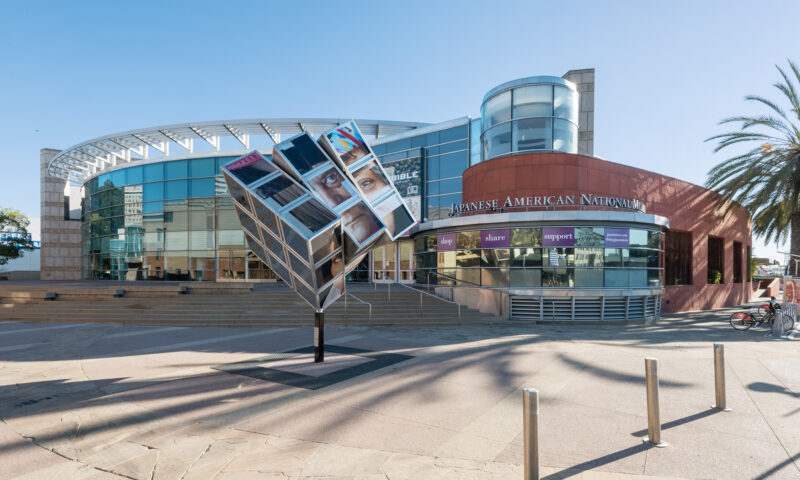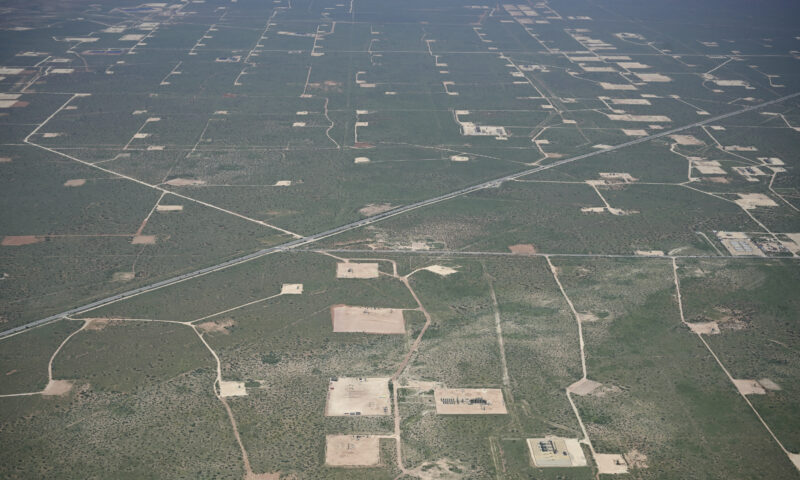Labor & Economy
Chinatown Fight's Still On: Groups Appeal Walmart Permits

It was quite a sucker punch Walmart landed against the community last week in the über-retailer’s fight to open a 33,000-square-foot store in L.A.’s Chinatown. The shot sneaked in, quick, low and hard–but ultimately didn’t end the match.
The scene last week: Los Angeles City Council chambers in City Hall, minutes before a unanimous March 23 vote on an emergency motion to temporarily ban chain stores (such as Walmart) from opening in the historic Chinatown neighborhood.
Suddenly, a startling announcement by a city bureaucrat—Walmart has obtained the permits needed to move forward in Chinatown—okayed only the day before the critical City Council vote.
The head of L.A.’s Department of Building and Safety himself, Robert R. “Bud” Ovrom, was there to deliver the news and further clarify the situation—namely, that the proposed ban would not interfere with the World’s Largest Retailer’s Chinatown plans. (The council did go on to vote 13-0 in favor of the moratorium proposal.)
The permit application process had been in progress for months. The city’s timing –awarding the permits less than 24 hours prior to the council vote—was the stunner.
But Chinatown Walmart opponents—small businesses and community members — got another shot today: At 1 p.m. they filed an appeal with Building and Safety that allows scrutiny of the permit-granting process and a look for irregularities.
It could take months for Walmart’s permits to be reviewed during the appeal and ultimately could end up in yet another City Council vote. The appellants include the Los Angeles Alliance for a New Economy (LAANE, which sponsors this blog), Asian Pacific American Labor Alliance (APALA), and Chinatown small businesses and residents concerned about the potential of a large chain with a shadow big enough to chill nearby businesses and change the distinct character of the neighborhood.
Walmart can likely afford to wait out the appeal—the retailer is eager to move into L.A.’s grocery market—one of the company’s last frontiers–and is probably willing to absorb quite a few blows to do so. Walmart is also willing to monopolize the commerce in the areas it is proposing stores, even if this means the destruction of unique and cultural businesses. Analysts estimate that Walmart is looking at $100 billion in the urban areas as yet unconquered by the retail colossus.
Walmart has tried to point to an array of local community members who have spoken in favor of its entry, and thanks to bringing in the Valley Industry and Commerce Association (VICA) and other business groups from outside the area, has bolstered its supporters’ numbers. But local community opposition on the ground—small business owners, families, and Asian-American organizations and elected officials–has grown to represent a larger chunk of the community’s opinion within the past month, since Walmart’s intentions became public. Walmart’s unexpected opposition has been a game changer—altering the pace, momentum, and outcome of the fight.
It ain’t over till it’s over.

-

 Latest NewsDecember 8, 2025
Latest NewsDecember 8, 2025This L.A. Museum Is Standing Up to Trump’s Whitewashing, Vowing to ‘Scrub Nothing’
-

 Striking BackDecember 4, 2025
Striking BackDecember 4, 2025Home Care Workers Are Losing Minimum Wage Protections — and Fighting Back
-

 The SlickDecember 2, 2025
The SlickDecember 2, 2025Utility Asks New Mexico for ‘Zero Emission’ Status for Gas-Fired Power Plant
-

 Latest NewsDecember 1, 2025
Latest NewsDecember 1, 2025Accountable to No One: What 1990s L.A. Teaches Us About the Trump Resistance
-

 Dirty MoneyDecember 3, 2025
Dirty MoneyDecember 3, 2025Trump’s Anti-Climate Policies Are Driving Up Insurance Costs for Homeowners, Say Experts
-

 Child FarmworkersDecember 5, 2025
Child FarmworkersDecember 5, 2025To Protect Underage Farmworkers, California Expands Oversight of Field Conditions
-

 Column - State of InequalityDecember 4, 2025
Column - State of InequalityDecember 4, 2025Can California Claw Back Some Medi-Cal Care?
-

 Latest NewsDecember 10, 2025
Latest NewsDecember 10, 2025Capital & Main, L.A. Times Win Sidney Award for Reporting on Child Farmworkers

